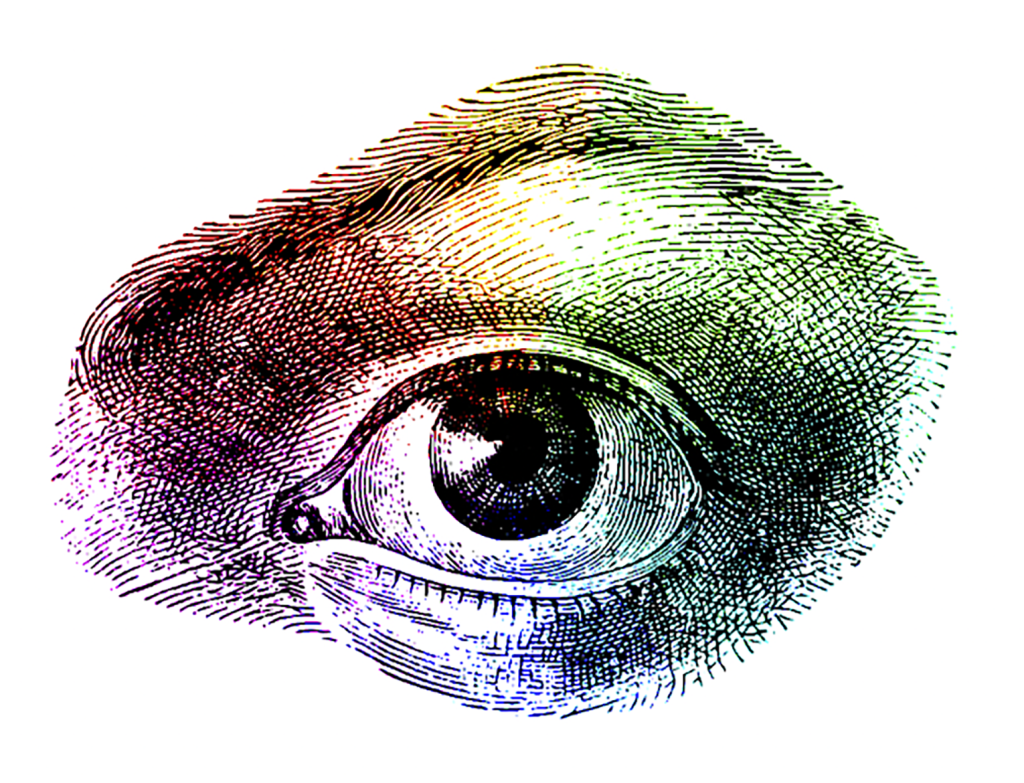2.3 The eye – how we see colour

Understanding how we see colour is fundamental to understanding colour theory. The human eye has evolved to detect lightwaves from a limited bandwidth, as previously discussed in this resource – this is the visible spectrum. But how exactly do our eyes detect light and distinguish between different light wavelengths?
This section explains how we see and how our brains interpret visual information.
Topics covered
- Anatomy of the human eye
How light enters the eye and is captured as information - How the brain interprets colour information
How the brain makes sense of visual information, and some weird things that our brains do with that information - Colour blindness
Why some people see less colours, and different types of colour blindness - Vision difference: tetrachromacy and synesthesia
How some people have different vision experiences - Accessible colour
How we can use colour to create content that is accessible for all sighted people. - How animals see colour
Weird and wonderful light and colour detection in the animal kingdom

